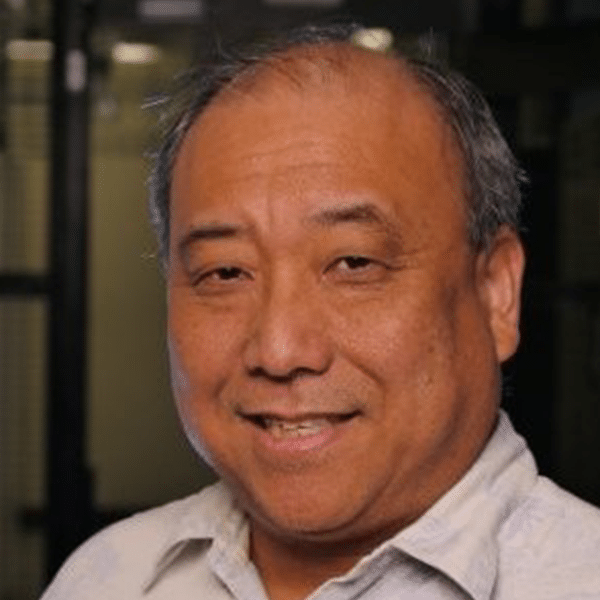Hawaii’s broadband landscape has challenges like no other U.S. state. So how do you deliver broadband access to 100% of the residents and businesses in the most remote of the 50 states?
“100% is hard to get to, but we’re going to make a really good try to get there.”
That’s what Garret Yoshimi — Vice President for Information Technology and Chief Information Officer of the University of Hawaii — told Telecompetitor in an interview.
Unlike most of the subjects of our Broadband Nation interview series, Yoshimi is not Hawaii’s state broadband director. Instead, Yoshimi works for the University of Hawaii. But — as State Digital Equity Coordinator Burt Lum told us — Yoshimi is the man to talk to about the Broadband Equity, Access, and Development (BEAD) Program funding and other efforts to expand broadband across the state.
How did it happen that the University of Hawaii came to lead the state’s broadband efforts?
“Former Hawaii governor David Ige had close relationships with [the university’s] president,” explained Yoshimi. “He was also an engineer, so he had more industry background than a typical governor.”
So when it came time to identify which groups or individuals would help push Hawaii’s broadband expansion forward, Ige called on his close relationship to the university.
Yoshimi doesn’t remember whether the university volunteered or was asked to lead the state’s broadband push. Either way, the University of Hawaii took the reins on broadband expansion in Hawaii, and Yoshimi, with decades of industry knowledge, became the man in charge.
Hawaii Broadband: Unique Challenges
As an island state, Hawaii faces challenges most U.S. states don’t. Bringing high-speed broadband across the Pacific Ocean is not simple. Some of Yoshimi’s early successes with broadband expansion were transpacific partnerships that helped bring connectivity and capacity to Hawaii.
Within the state, the various islands of Hawaii must also have interisland connectivity. Due to the island chain’s unique geography, Yoshimi’s closest colleagues in the broadband industry are U.S. territories like Guam and the North Mariana Islands (CNMI), and Alaska (both because of its islands and because Alaska, like Hawaii, is not one of the 48 contiguous states).
Serving Hawaii’s native population is also a unique opportunity for Yoshimi, because unlike Tribes in the U.S. that may have their own Tribal lands that need access, native Hawaiians are interspersed throughout the state and historically underserved.
Pushing Toward 100%
Despite Hawaii’s unique challenges, Yoshimi is optimistic. “We’re trying to make sure that anybody interested in subscribing to the internet can have access on a statewide basis,” he said. “We think we have sufficient funds based on our best guesses and our financial models. That’s not true in all states. Several of them will likely fall short of getting to 100%. But we believe we have sufficient funds to do that.”
Yoshimi added that he thinks Hawaii also has adequate funds to bring gigabit connections to Hawaii’s community anchor institutions.
Yoshimi knows it won’t be easy. “The hardest-to-reach places are economically unattractive from a business standpoint. If you spend $20, $50, or $100k to get to a small group of homes, there’s no way you’ll get a good return on your investment… We’re hoping to convince our large ISPs it’s the right thing to do.”
Bringing access to 100% of Hawaii means, realistically, that not everyone will have a fiber connection. “The starting point is 100% fiber deployment,” said Yoshimi, but the state also wants to be a good steward of federal funds. That means, in some of the most remote locations in Hawaii, fixed wireless or satellite internet is a more viable solution.
“We have existing Starlink customers, and we’re watching Amazon’s Project Kuiper, too, which would potentially give us two NEOSSat providers. The downside is that the current rate is high for affordability. I’m hoping competition will help. Starlink has introduced the Mini, but the data isn’t unlimited. Hopefully, by 2026 or 2027, there will be some reasonable alternatives.”
But, in Hawaii, broadband access is only the first step.
“It’s not just access,” Yoshimi told us, “it’s access plus having the devices and knowing how to use them. Just as critical [as access] is the investment made in what we’re calling devices and know-how, so people can meaningfully access the internet.”
Next Steps for Broadband in Hawaii
Hawaii’s state challenge process for the BEAD Program will begin August 19. Per the National Telecommunications and Information Administration (NTIA) rules, individuals cannot submit challenges. But Hawaii is giving individuals a voice, too.
A new portal, launched yesterday, allows individual residents to provide evidence of being underserved or unserved. Once an individual submits via the portal, a nonprofit, county, provider, or other qualifying entity making a challenge can use the individual’s input to support their case.
After the challenge process, NTIA will review the state’s challenge data. After that, Yoshimi hopes that Hawaii will issue the first RFPs to potential BEAD Program subgrantees by January 2025.
“Best case scenario, we’ll have shovels in the ground by the end of 2025,” said Yoshimi. But he has worked on Hawaii’s broadband development long enough to be realistic about timelines. “Practically speaking, we think 2026.”
Additional information about Hawaii broadband, including state funding resources, awards made, and state-specific Telecompetitor coverage can be found on the Telecompetitor Broadband Nation webpage for the state.


